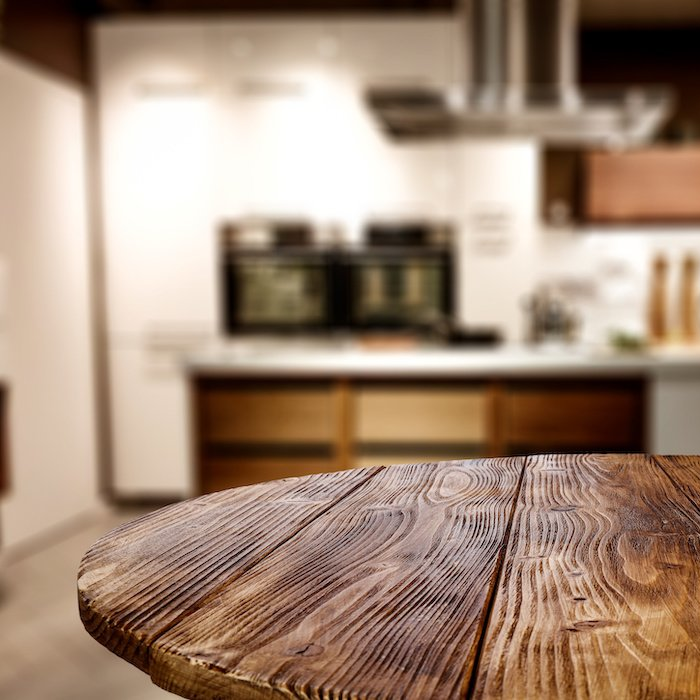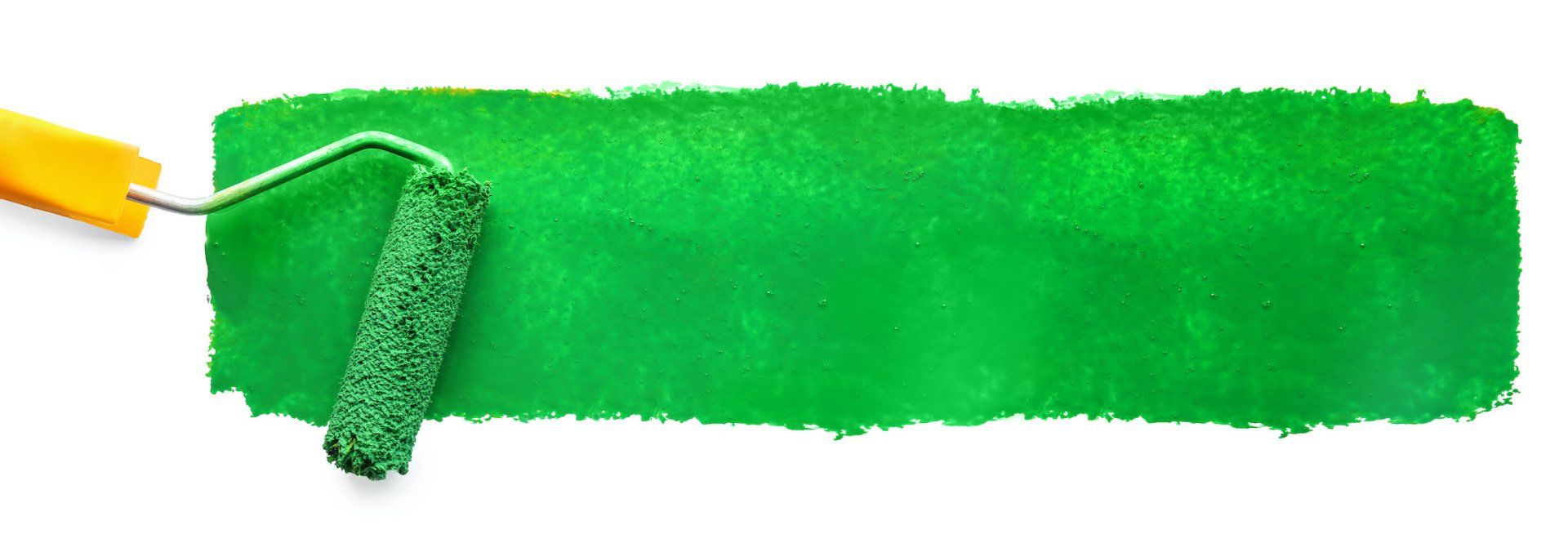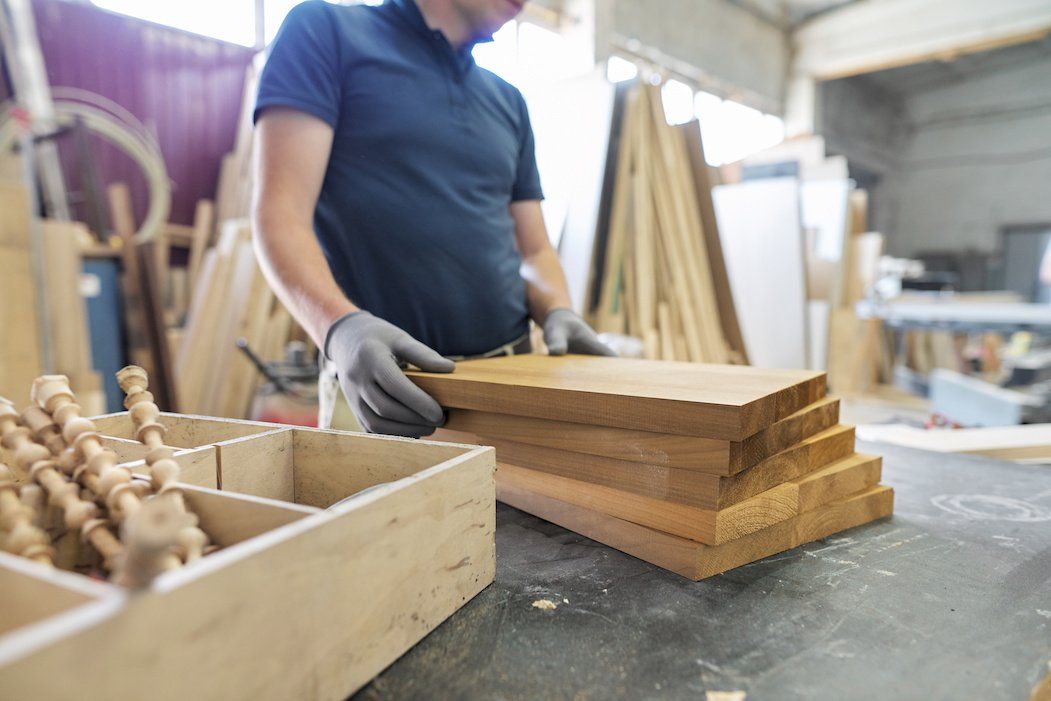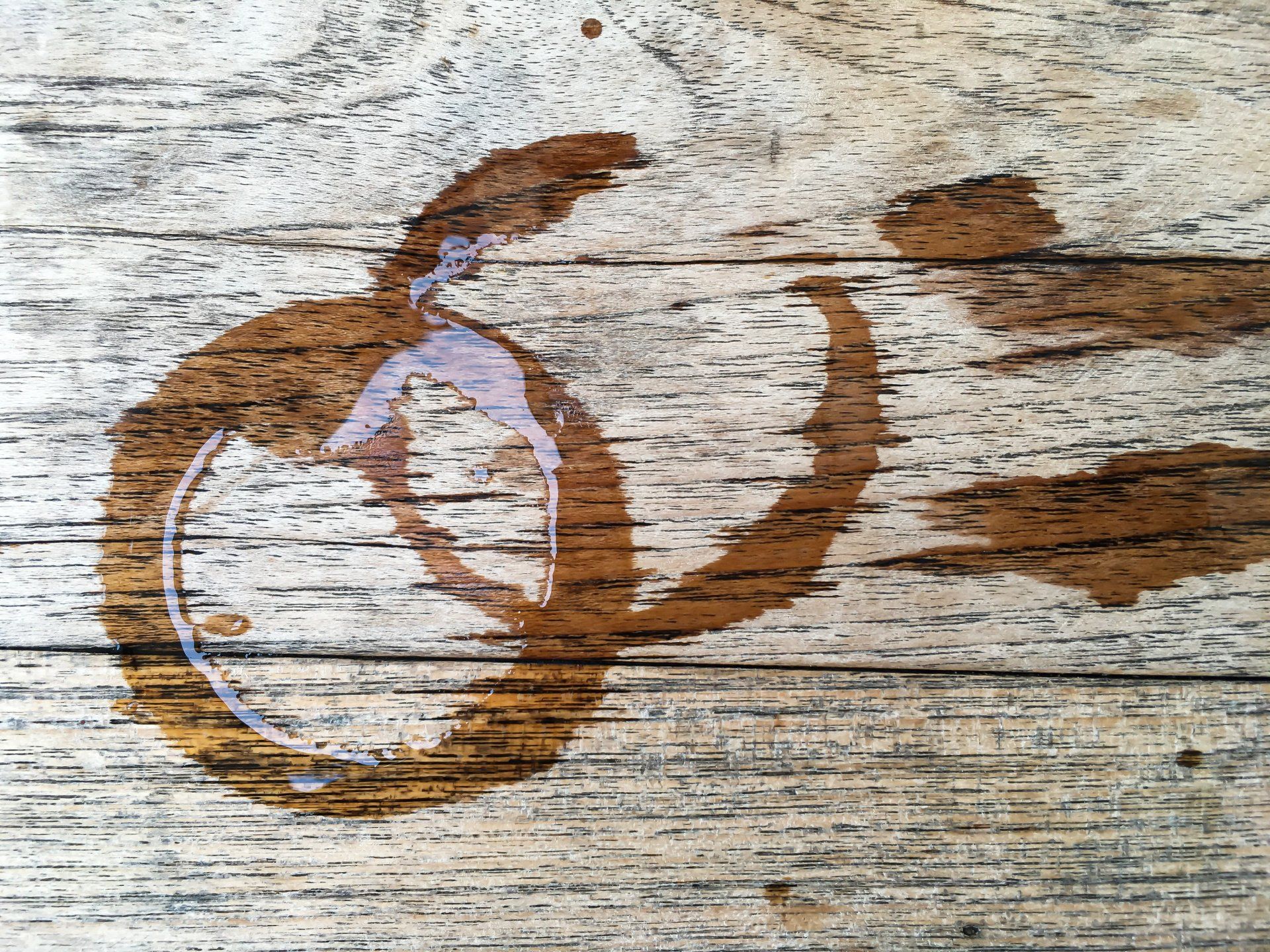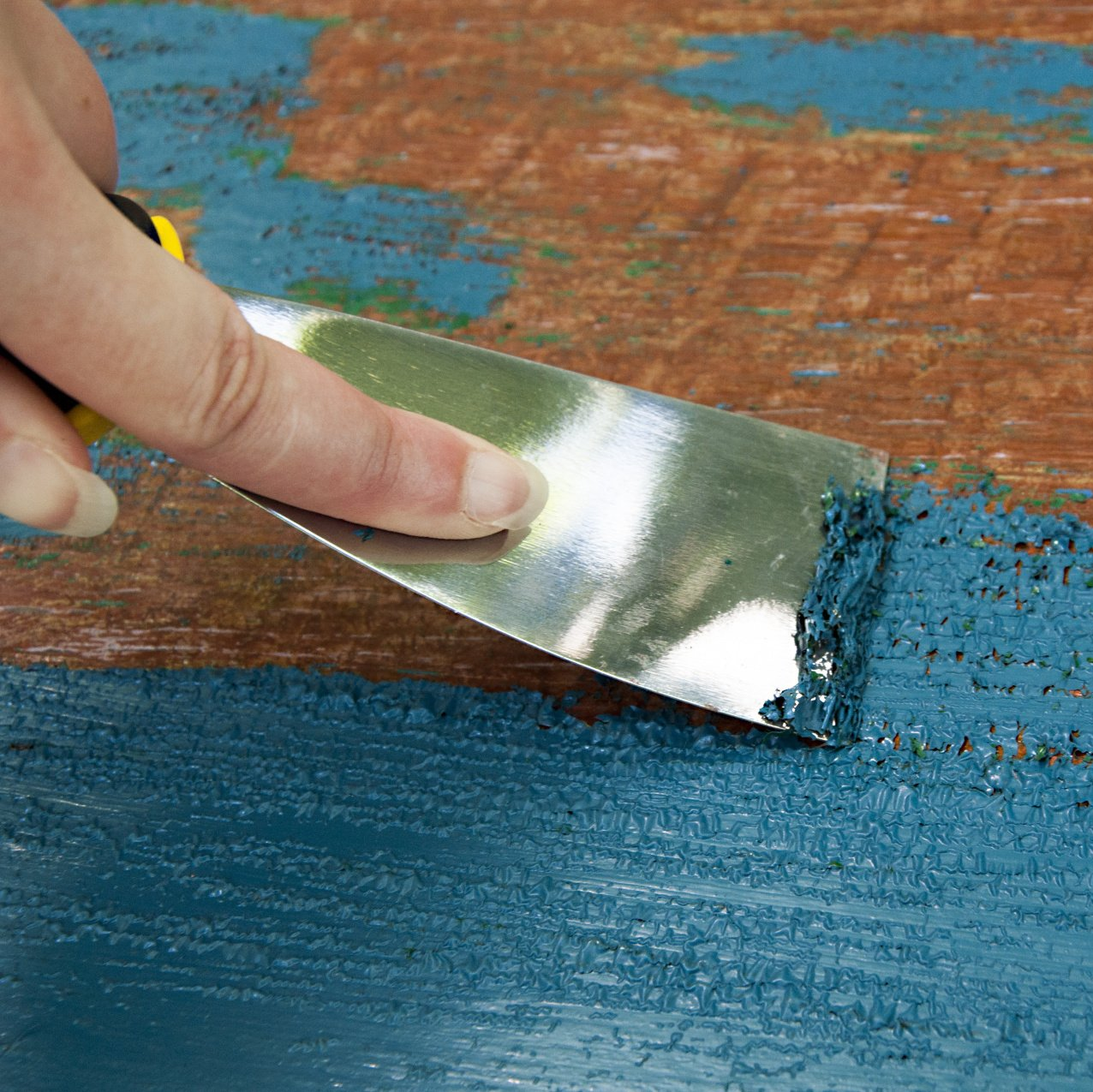How to Properly Clean a Paint Roller
Sam Lutz • August 26, 2014

Allowing paint to dry on the roller ruins it for future use. With the proper cleaning techniques, your paint rollers should last for many years. Latex paint is water soluble and can be washed with simple water and soap, however, alkyd paint must be cleaned with solvent. The processes are slightly different:
Latex Paint
Tools:
- 5-In-1 Tool
- Bucket
- Scrub Brush
- Detergent
- Paper Towels
Process:
- Use the curved edge of the 5-in1- tool to scrape the excess paint off of the roller and back into the paint bucket.
- Drop the paint roller into a bucket of hot, soapy water and use your hands or a scrub brush to gently work the paint loose from the fibers.
- Rinse the paint roller in hot water until the water runs clear.
- Wring the excess water off the roller with your hands, then fluff the fibers with your fingers.
- Dry the roller with several paper towels, then stand it on its end to finish drying.
Alkyd Paint
Tools:
- 5-In-1 Tool
- Solvent
- Paint Tray or Bucket
- Scrub Brush or Rubber Cleaning Gloves
- Detergent
- Paper Towels
Process:
- Use the curved edge of the 5-in1- tool to scrape the excess paint off of the roller and back into the paint bucket.
- Drop the paint roller in a bucket of solvent, then use a long-handled scrub brush to scrub the paint from the fibers.
- Alternative Method: Pour some solvent into a paint tray, then roll the roller through the solvent, working the paint out of the fibers with your fingers.
- Safety Tips: Wear rubber cleaning gloves when coming in contact with paint solvent. Use paint solvent in a well-ventilated space.
- Rinse the paint roller in hot, soapy water until the water runs clear.
- Wring the excess water off the roller with your hands, then fluff the fibers with your fingers.
- Dry the roller with several paper towels, then stand it on its end to finish drying.
For more information about cleaning paint brushes and rollers, check out this useful list of tips.
Related Tips
Latex paint dries quickly so leaving your paint-covered roller lying around for hours before cleaning it could ruin the roller. To prevent paint from drying on the roller between uses, scrape the excess paint from the roller with the 5-in-1 blade, then cover the roller in plastic wrap and place it in the refrigerator. When you’re ready to paint again, remove the plastic wrap and let the paint warm up to room temperature.
Never pour used solvent down the drain. Paint thinner is a hazardous substance and should not be poured down the drain. Fortunately, paint thinner can be used many times before being disposed of.
To reuse your paint thinner, store the solvent overnight in a safe location and let the paint particles settle to the bottom of the can. When the solvent and paint particles have separated, pour the clean solvent into a fresh bucket, leaving the paint sludge in the bottom of the can.
Contact the waste management services in your community for proper disposal of the paint sludge. Residents of the Pittsburgh area can contact Zero Waste Pittsburgh
to find out more information about their Household Chemical Collections services.
For more tips or questions about proper use of paint rollers, stop in at your local Ace Paint and Unfinished Furniture. We’ve got more advice where this came from, and we’re always happy to help!
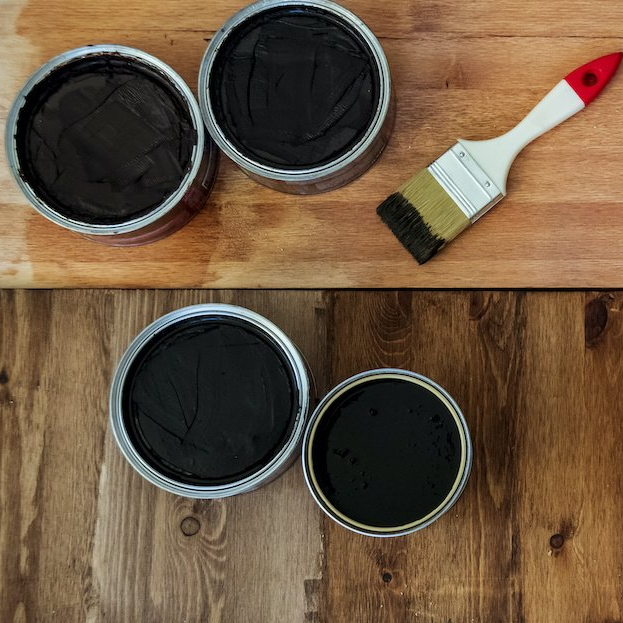
One of the wonderful things about good wood furniture is that it doesn’t have to be merely functional. It can be beautiful as well. We’ve seen some amazing pieces made with wood stains that are more than just furniture, they’re works of art. So if you’ve got an old table, desk or other piece of wood furniture that needs jazzed up, why don’t you consider using some of our great stains to try one of these ideas.

